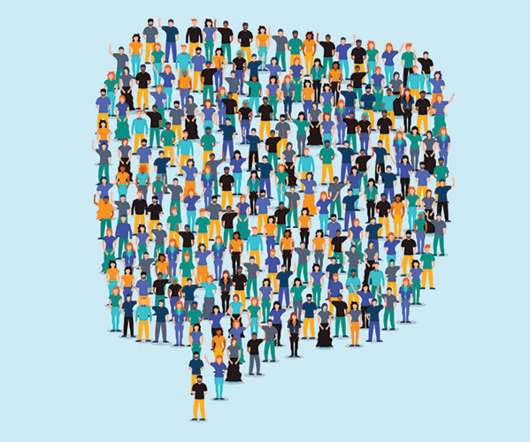Build a comprehensive sexual harassment prevention training program
CLO Magazine
DECEMBER 3, 2019
The modern workplace began to change in October 2017. That’s when the Harvey Weinstein story broke, spurring the #MeToo movement and new state laws designed to address the pervasive problem of sexual harassment in the workplace. For learning and human resources professionals, this trend poses a number of challenges.

















Let's personalize your content